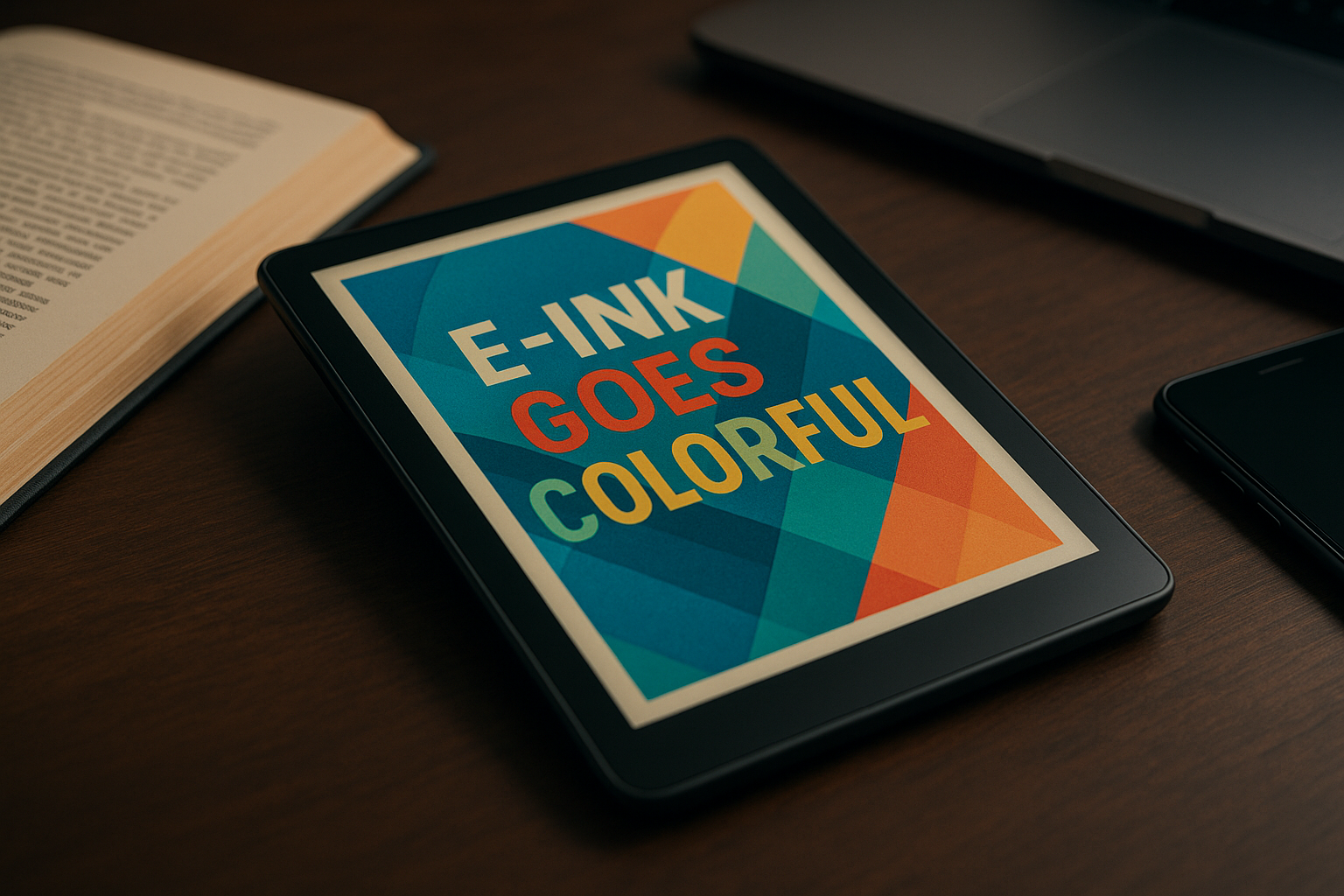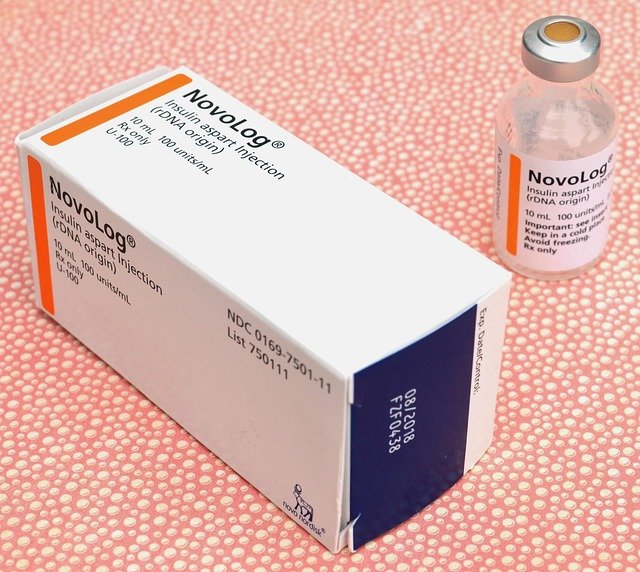E-Ink Goes Colorful: The Evolution of Electronic Paper
Introduction: Electronic paper, or e-paper, has been synonymous with e-readers for over a decade. Its monochrome, high-contrast display mimics the appearance of printed paper to reduce eye strain. But now, the e-paper world is about to undergo a significant change: the advent of color e-ink.

A Brief History of E-Ink
E-Ink technology was first developed in the 1970s at the Xerox Palo Alto Research Center. The primary goal was to create a display that mimicked traditional paper, offering a comfortable reading experience with low power consumption. The first commercial e-ink device, the Sony Librie, hit the market in 2004, but it was Amazon’s Kindle, released in 2007, that truly popularized e-ink technology.
The Advent of Color E-Ink
In the past, attempts to introduce color into e-paper resulted in washed-out hues and technical problems. But recent advancements have led to the development of more vibrant, full-color e-ink displays. Companies like E Ink Corporation and Hisense have launched color e-readers and smartphones, indicating a promising future for color e-paper technology.
How Does Color E-Ink Work?
Color e-ink uses the same principles as black-and-white e-ink but adds an additional layer of microcapsules filled with colored pigments. When an electric field is applied, these pigments rise to the surface, producing color. The result is an energy-efficient display capable of showing up to 4096 colors.
Impact on the Market
Color e-ink could revolutionize not just the e-reader market, but also other sectors like digital signage, smart home devices, and educational tech. However, the technology is still in its early stages and needs to overcome challenges like low refresh rates and limited color vibrancy. The estimated price range for color e-ink devices currently sits higher than their monochrome counterparts, but this is likely to change as the technology matures.
The Future of Color E-Ink
The world of color e-ink is still evolving. Companies continue to refine the technology, aiming to produce displays with richer colors and faster refresh rates. There’s also an intriguing potential for applications in sectors like fashion and interior design, with the development of flexible, color e-ink displays that can change patterns at the click of a button.
In conclusion, color e-ink represents an exciting development within the tech world. While there are challenges to overcome, the potential applications are vast, and the benefits of an energy-efficient, eye-friendly display are undeniable. As we move forward, color e-ink is one technological evolution worth keeping an eye on.




